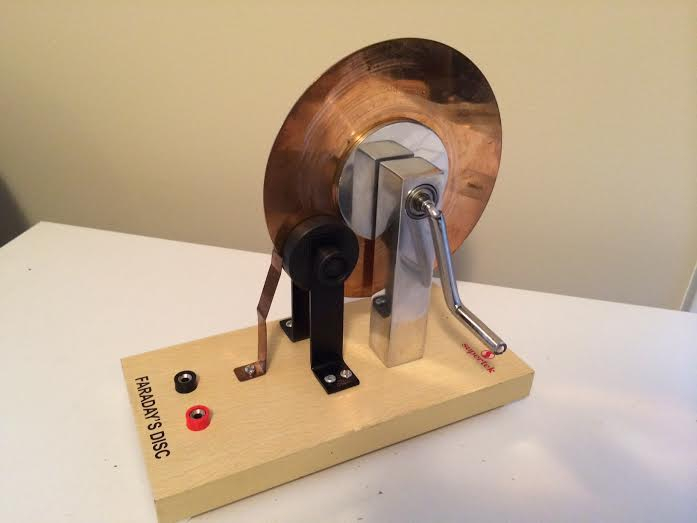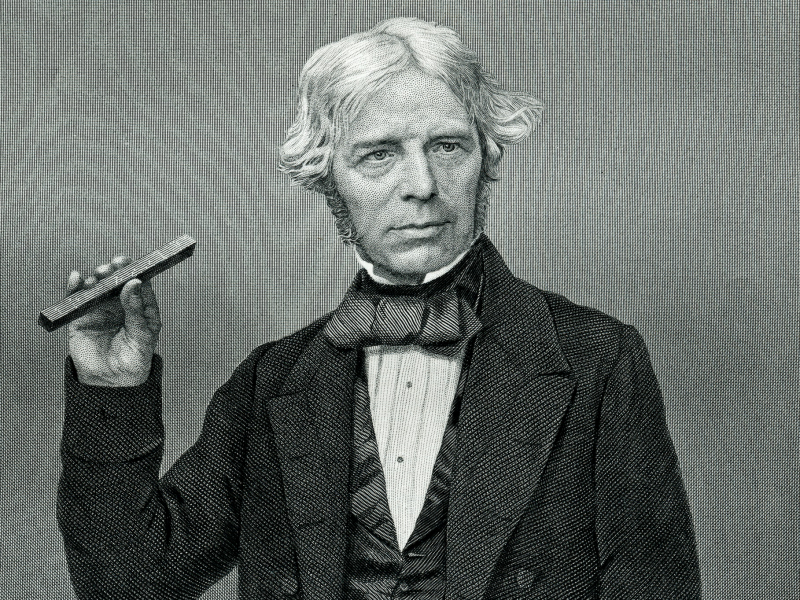The electric generator
The electric generator is a device used in the production of electricity that transforms motive power (mechanical energy) into electrical energy for use in an external circuit. Steam turbines, gas turbines, water turbines, internal combustion engines, wind turbines, and even hand cranks are examples of mechanical energy generators. British physicist Michael Faraday created the Faraday disk, the first electromagnetic generator, in 1831. Electric power grids are powered almost entirely by generators.
Electric motors, which share many characteristics with generators, are used to convert electrical energy back into mechanical energy. It is possible to mechanically drive a variety of motors to produce power; usually, these motors make good manual generators.
Michael Faraday discovered the electromagnetic generator's working theory between 1831 and 1832. An electromotive force is produced in an electrical conductor that surrounds a fluctuating magnetic flux, according to the theory, which was later known as Faraday's law. A copper disc rotating between the poles of a horseshoe magnet was used to create the first homopolar generator, often known as the Faraday disk. It generated a tiny DC voltage.
Due to self-canceling counterflows of current in areas of the disk not affected by the magnetic field, this design was wasteful. Directly beneath the magnet, the current was generated, but in areas outside the magnetic field's effect, the current would flow backward. The pickup wires' power output was constrained by this counterflow, which also caused the copper disc to heat up unnecessarily. This issue would be resolved in later homopolar generators by employing a collection of magnets positioned around the disc's edge to maintain a constant field effect in one current-flow direction.
Due to the output voltage's solitary current channel through the magnetic flux, another drawback was that it was extremely low. Researchers discovered that adding additional rounds of wire to a coil might generate higher, more beneficial voltages. Generators could simply be created to produce any desired voltage by adjusting the number of spins because the output voltage is proportional to the number of turns. All following generator designs had wire windings as a standard component.












